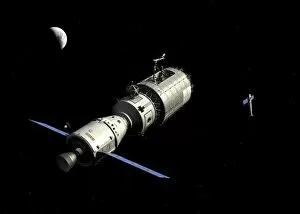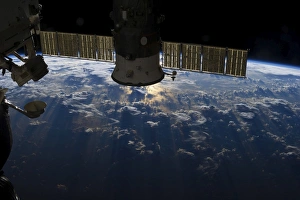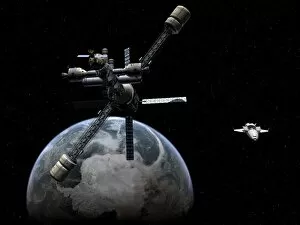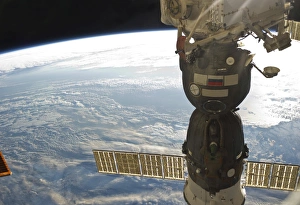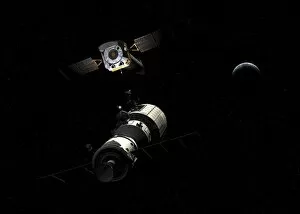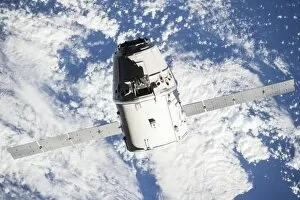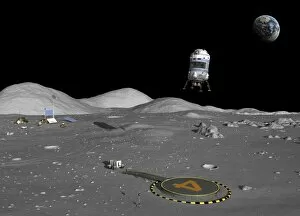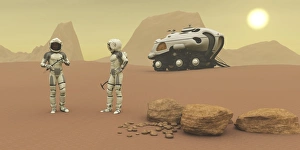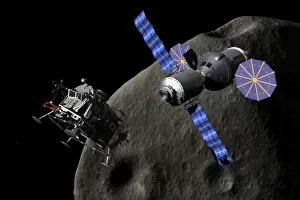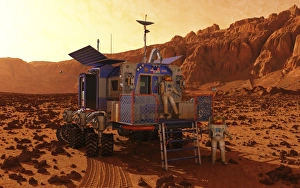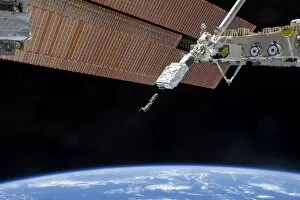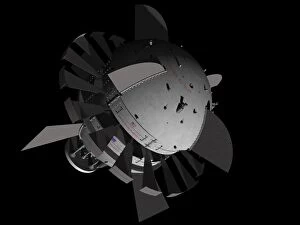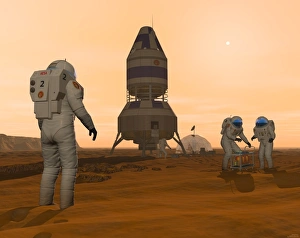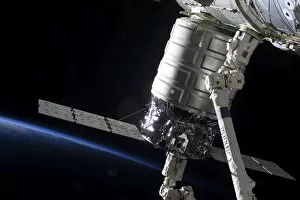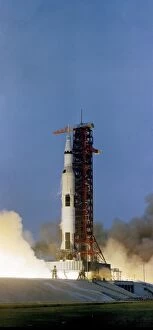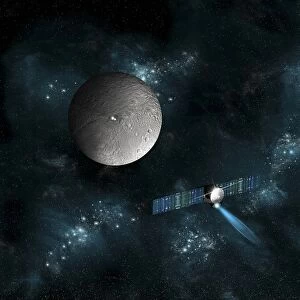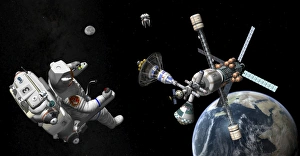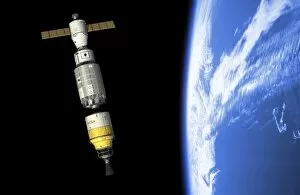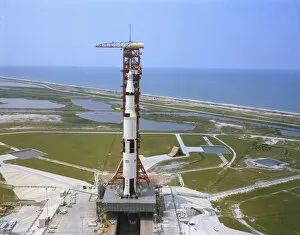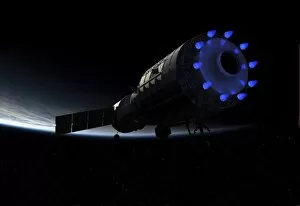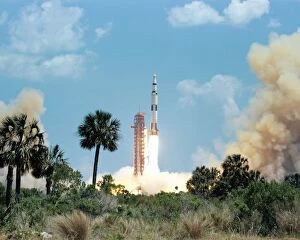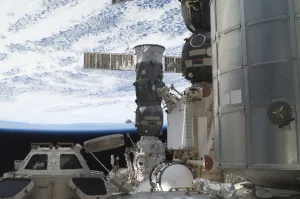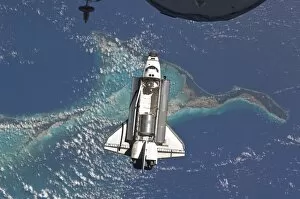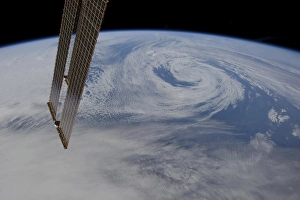Astronautics Collection (page 5)
Astronautics, the captivating realm of space exploration, has witnessed remarkable milestones throughout history
All Professionally Made to Order for Quick Shipping
Astronautics, the captivating realm of space exploration, has witnessed remarkable milestones throughout history. From the groundbreaking launch of Sputnik II carrying Laika, the courageous canine astronaut, to the awe-inspiring image of an astronaut standing on the moon with Earth as a backdrop - these moments have forever etched themselves in our collective memory. The journey began with Sputnik I, a testament to human ingenuity and scientific prowess. As it pierced through Earth's atmosphere, it heralded a new era of possibilities and ignited fierce competition between Russia and the United States. The race for supremacy in space intensified when Sputnik II embarked on its mission with Laika onboard, capturing hearts worldwide. Amidst this rivalry emerged extraordinary feats like Yuri Gagarin becoming the first human to orbit our planet aboard Vostok This triumph was celebrated not only by Russia but also marked a significant milestone for all humankind. Spacewalks became another defining moment in astronautics as Soviet cosmonaut Alexei Leonov ventured outside his spacecraft adorned in an artistic spacesuit. His daring act paved the way for future extravehicular activities that expanded our understanding of outer space. Meanwhile, across continents and oceans lay Apollo 1 tragedy - a somber reminder of the risks involved in pushing boundaries. Yet from this dark chapter arose resilience and determination as NASA continued their pursuit towards landing humans on lunar soil. As time progressed, Pravda unveiled secrets hidden within Sputnik I's walls – revealing astonishing discoveries that further fueled mankind's curiosity about what lies beyond our blue planet. Fast forward to present times; we witness breathtaking images captured by rovers exploring Mars' rugged terrain or glimpses into distant galaxies taken by powerful telescopes stationed above Earth's atmosphere. These advancements remind us that there is still so much left unexplored within our vast universe. Astronautics continues to evolve; private companies now join the ranks of space exploration, offering opportunities for space tourism.



